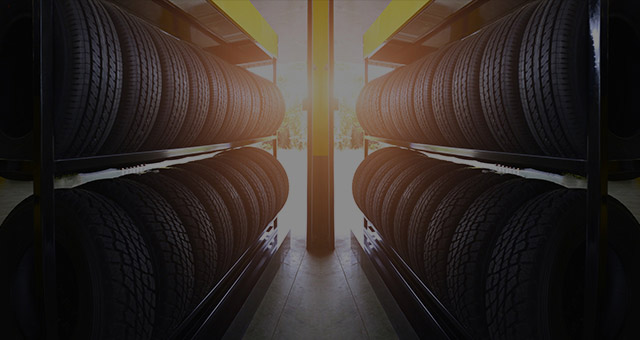Discover Top-Quality Tires Morris IL: Select the very best for Your Car
Discover Top-Quality Tires Morris IL: Select the very best for Your Car
Blog Article
Tire Service: Understanding Tire Stress Tracking Equipments
Understanding Tire Pressure Tracking Equipments (TPMS) is a crucial aspect of preserving optimum vehicle performance and security on the roadway. With developments in vehicle modern technology, TPMS has come to be a basic attribute in modern automobiles, providing real-time details on tire stress levels.

Value of TPMS
The importance of Tire Pressure Surveillance Solutions (TPMS) depends on their ability to improve lorry security and performance with real-time surveillance of tire stress levels. Preserving the appropriate tire stress is essential for guaranteeing ideal handling, braking, and overall safety and security of a car. TPMS gives motorists with instant comments on any kind of overinflated or underinflated tires, permitting prompt modifications to be made.
Elements of TPMS
Comprising different crucial elements, a Tire Pressure Surveillance System (TPMS) operates as an advanced security attribute in modern-day vehicles. The primary elements of a TPMS consist of sensing units, a control component, and a caution indicator. Sensors are normally situated in the tire valve stem or connected to the wheel setting up, where they measure tire stress and transmit data to the control module. The control component procedures this details and causes a warning if it discovers dramatically reduced stress in any one of the tires. The warning indicator, typically a sign on the dashboard, informs the vehicle driver to check the affected tire or tires. Some progressed TPMS versions additionally present the real tire stress readings for every tire, offering chauffeurs with real-time info to make sure optimum tire performance and safety. By keeping track of tire pressure continually, TPMS assists stop mishaps, minimizes tire wear, and boosts fuel efficiency, making it an essential component for car safety and efficiency.
Kinds Of TPMS

On the other hand, indirect TPMS relies upon the lorry's wheel rate sensors to keep track of tire pressure. This system identifies underinflation by contrasting the rotational speeds of the wheels. Indirect TPMS is much less pricey than direct TPMS, as it uses existing sensing units within the lorry.
While direct TPMS offers more exact readings, indirect TPMS is simpler in design and usually needs less maintenance. Both systems have their advantages and limitations, and the choice in between them usually relies on variables such as price, automobile make, and personal preference. Understanding the differences in between these 2 sorts of TPMS can aid car proprietors make notified decisions relating to tire maintenance and safety.
TPMS Upkeep Tips
Conduct routine checks on the tire pressure levels and compare them with the TPMS analyses to guarantee they are regular. Throughout tire turning or replacement, make sure that the TPMS components are managed carefully to avoid any type of possible damages. If the TPMS warning light brightens on the control official site panel, deal with the concern quickly by examining the tire pressures and the general system for any kind of faults.
Benefits of Correct Tire Pressure
Maintaining why not try this out correct tire pressure, as stressed in TPMS Upkeep Tips, is vital for gaining the countless advantages related to ideal tire pressure levels. One of the primary advantages of keeping the proper tire stress is enhanced fuel efficiency. When tires are properly blown up, there is much less rolling resistance, resulting in better gas economic situation. In addition, appropriate tire pressure ensures even tire wear, extending the lifespan of the tires and advertising much safer driving conditions. With the appropriate tire stress, cars also have far better handling and traction, especially in damaging weather. This can boost general driving performance and safety and security for the motorist and passengers. Preserving optimal tire stress can add to a smoother and much more comfy adventure by minimizing vibrations and sound caused by underinflated tires. Finally, the benefits of correct tire pressure exceed simply tire durability; they incorporate improved gas performance, improved safety and security, better automobile performance, and general driving convenience.
Verdict
In final thought, recognizing tire pressure tracking systems (TPMS) is crucial for preserving ideal tire continue reading this stress and guaranteeing automobile safety. By acknowledging the value of TPMS, recognizing with its parts, knowing the various types readily available, adhering to appropriate upkeep pointers, and understanding the advantages of maintaining proper tire pressure, chauffeurs can enhance their driving experience and prolong the lifespan of their tires. Proper tire stress is vital to secure and reliable automobile operation.

Report this page